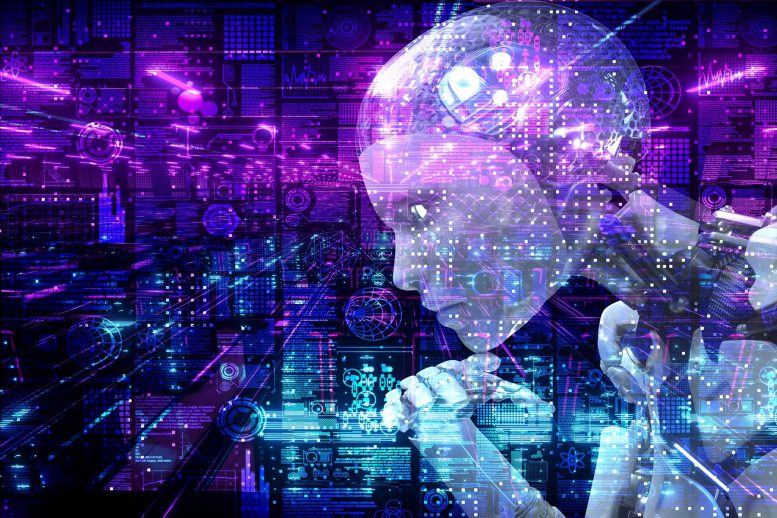
Duke University researchers have discovered that machine learning algorithms can gain new degrees of transparency and insight into the properties of materials after teaching them known physics.
Incorporating established physics into neural network algorithms helps them to uncover new insights into material properties
According to researchers at Duke University, incorporating known physics into machine learning algorithms can help the enigmatic black boxes attain new levels of transparency and insight into the characteristics of materials.
Researchers used a sophisticated machine learning algorithm in one of the first efforts of its type to identify the characteristics of a class of engineered materials known as metamaterials and to predict how they interact with electromagnetic fields.
The algorithm was essentially forced to show its work since it first had to take into account the known physical restrictions of the metamaterial. The method not only enabled the algorithm to predict the properties of the metamaterial with high accuracy, but it also did it more quickly and with additional insights than earlier approaches.
Silicon metamaterials such as this, featuring rows of cylinders extending into the distance, can manipulate light depending on the features of the cylinders. Research has now shown that incorporating known physics into a machine learning algorithm can reveal new insights into how to design them. Credit: Omar Khatib
The results were published in the journal Advanced Optical Materials on May 13th, 2022.
“By incorporating known physics directly into the machine learning, the algorithm can find solutions with less training data and in less time,” said Willie Padilla, professor of electrical and computer engineering at Duke. “While this study was mainly a demonstration showing that the approach could recreate known solutions, it also revealed some insights into the inner workings of non-metallic metamaterials that nobody knew before.”
Metamaterials are synthetic materials composed of many individual engineered features, which together produce properties not found in nature through their structure rather than their chemistry. In this case, the metamaterial consists of a large grid of silicon cylinders that resemble a LEGO baseplate.
Depending on the size and spacing of the cylinders, the metamaterial interacts with electromagnetic waves in various ways, such as absorbing, emitting, or deflecting specific wavelengths. In the new paper, the researchers sought to build a type of machine learning model called a neural network to discover how a range of heights and widths of a single-cylinder affects these interactions. But they also wanted its answers to make sense.
“Neural networks try to find patterns in the data, but sometimes the patterns they find don’t obey the laws of physics, making the model it creates unreliable,” said Jordan Malof, assistant research professor of electrical and computer engineering at Duke. “By forcing the neural network to obey the laws of physics, we prevented it from finding relationships that may fit the data but aren’t actually true.”
The physics that the research team imposed upon the neural network is called a Lorentz model — a set of equations that describe how the intrinsic properties of a material resonate with an electromagnetic field. Rather than jumping straight to predicting a cylinder’s response, the model had to learn to predict the Lorentz parameters that it then used to calculate the cylinder’s response.
Incorporating that extra step, however, is much easier said than done.
“When you make a neural network more interpretable, which is in some sense what we’ve done here, it can be more challenging to fine-tune,” said Omar Khatib, a postdoctoral researcher working in Padilla’s laboratory. “We definitely had a difficult time optimizing the training to learn the patterns.”
Once the model was working, however, it proved to be more efficient than previous neural networks the group had created for the same tasks. In particular, the group found this approach can dramatically reduce the number of parameters needed for the model to determine the metamaterial properties.
They also found that this physics-based approach to artificial intelligence is capable of making discoveries all on its own.
As an electromagnetic wave travels through an object, it doesn’t necessarily interact with it in exactly the same way at the beginning of its journey as it does at its end. This phenomenon is known as spatial dispersion. Because the researchers had to tweak the spatial dispersion parameters to get the model to work accurately, they discovered insights into the physics of the process that they hadn’t previously known.
“Now that we’ve demonstrated that this can be done, we want to apply this approach to systems where the physics is unknown,” Padilla said.
“Lots of people are using neural networks to predict material properties, but getting enough training data from simulations is a giant pain,” Malof added. “This work also shows a path toward creating models that don’t need as much data, which is useful across the board.”
Reference: “Learning the Physics of All-Dielectric Metamaterials with Deep Lorentz Neural Networks” by Omar Khatib, Simiao Ren, Jordan Malof and Willie J. Padilla, 13 May 2022, Advanced Optical Materials.
DOI: 10.1002/adom.202200097
This research was supported by the Department of Energy (DESC0014372).

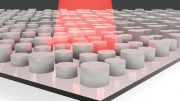
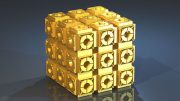
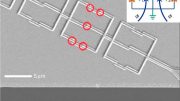

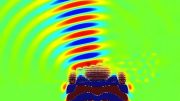
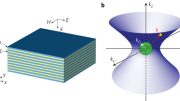
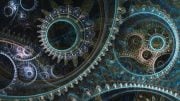
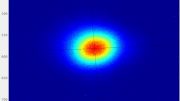
This is the only way forward. Old models no longer work. Physicist have broken into fiercely divided camps. I have hoped for a breakthrough in my life time. It is clear to me now that AI is the only way to see the truth.
… okay, just one on the move>
It is about: village people, rain, flies and swallows.
Before, it was very important for the people in a village to be able to guess is it going to rain or not. And in a short term it was possible to observe swallows and watch how high they fly, in order to guess is it going to rain. However, the reason why that was possible was due to the flies and their wings…
What is the AI going to say about the first law of thermodynamics and the “birth” of the universe? Is it going to be told to ignore the law?
What is AI going to say about fusion when two protons are fused together to make an an atom with two protons? Is it going to say a massive amount of energy is supposed to be released? Is the AI going to be told to ignore the conservation of energy and mass law? Are scientists going to tell it fusion has been created for 80 years with no result leading to energy being created?
What is AI going to say about black holes that do not release anything at all ignoring entropy all together?
If the wrong theory is going to be plugged into the computer, how is it going to do any better than humans?
Why don’t they plug this into the AI.
Our universe was already here when the big bang happened 13.8 billion years ago. That way, the first law will be satisfied.
The energy we see came from a collision in space, not gravity. Will that be more productive for the AI? Everything has cooled since satisfying the second law.
The galaxies are expanding because they are shrapnel from the collision. Momentum is “dark energy”. Will the AI be happier with that assumption since Newton’s third law is followed?
What is AI going to say about the muon and W boson problem? If the Big Bang theory is still used, how will it do any better?
What will it say about singularities? Dark matter and dark energy? Is it going to ask why science picked the expanding universe instead of expanding galaxies?
Science needs to take a good, hard look at itself before it starts asking a computer to help. Everything that is known is based on a 100 year old theory that has never, truly worked. That just happens to be when all these problems started.
It is just plain irritating to see that, no matter what observations are made that discredit the big bang, it will be the one, and only theory that will ever be used.
I think it would be better to feed the AI the results of physics experiments rather than the supposedly known laws and set it the task of coming up with theories and laws independently. See if it comes up with relativity, quantum mechanics etc or something completely novel.
Hey, nice work on those AI comments around this one… Stop posting them.